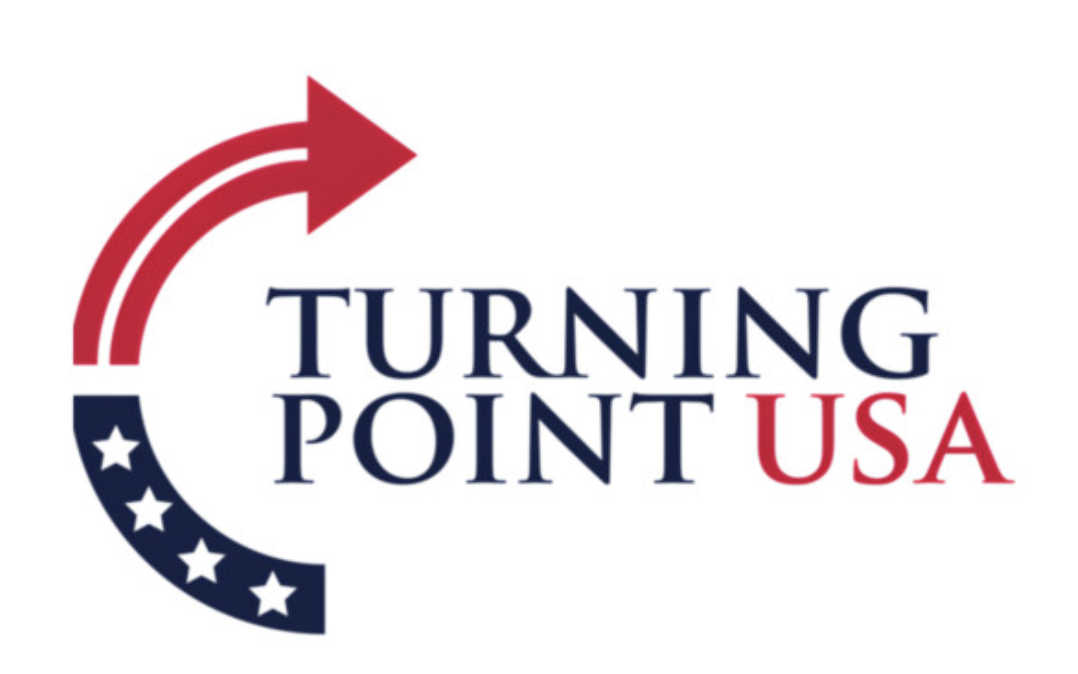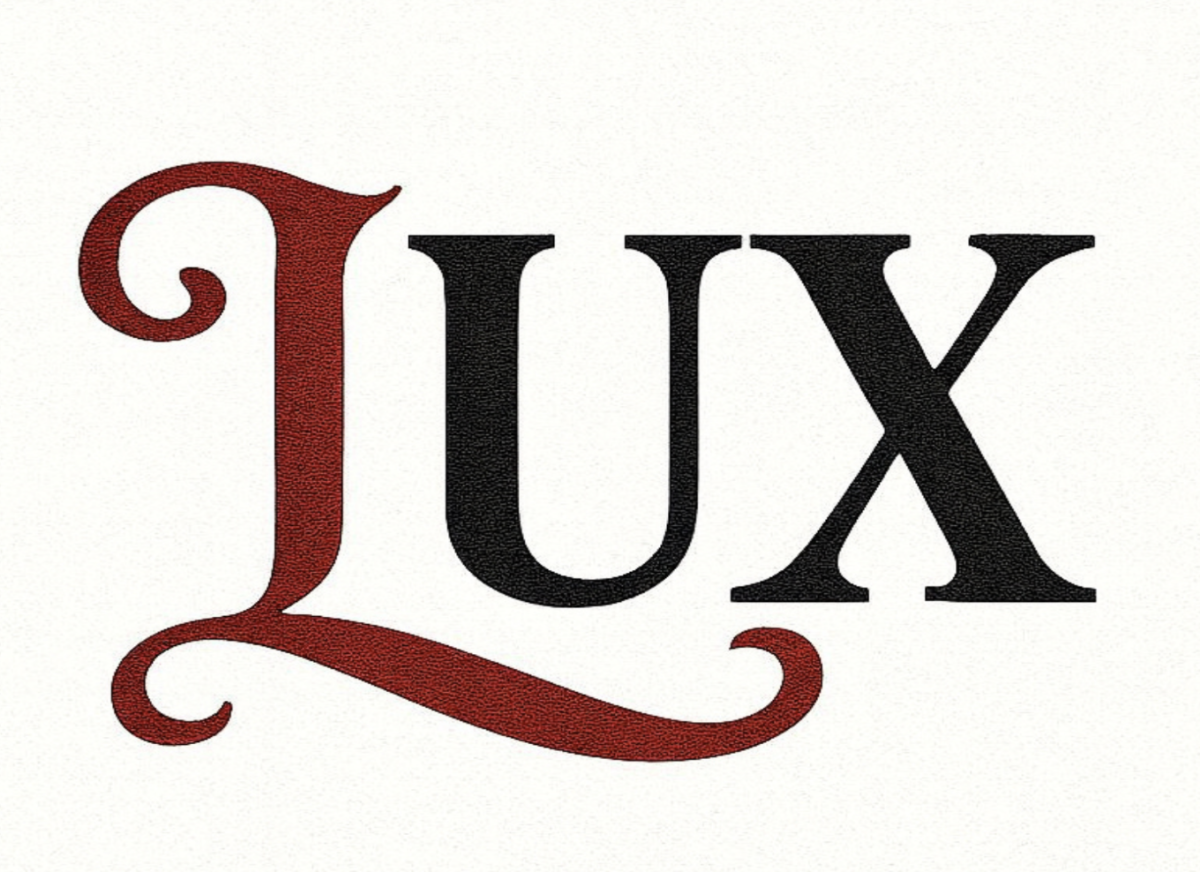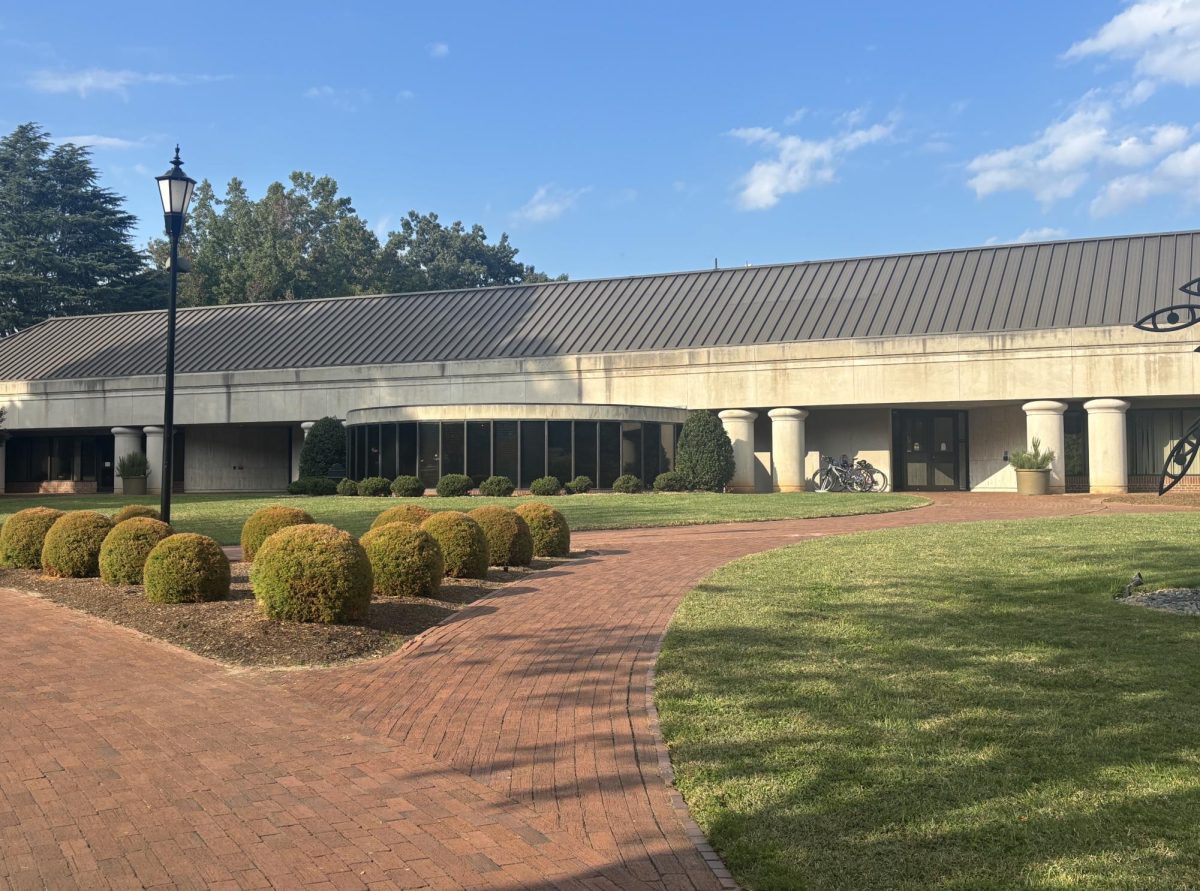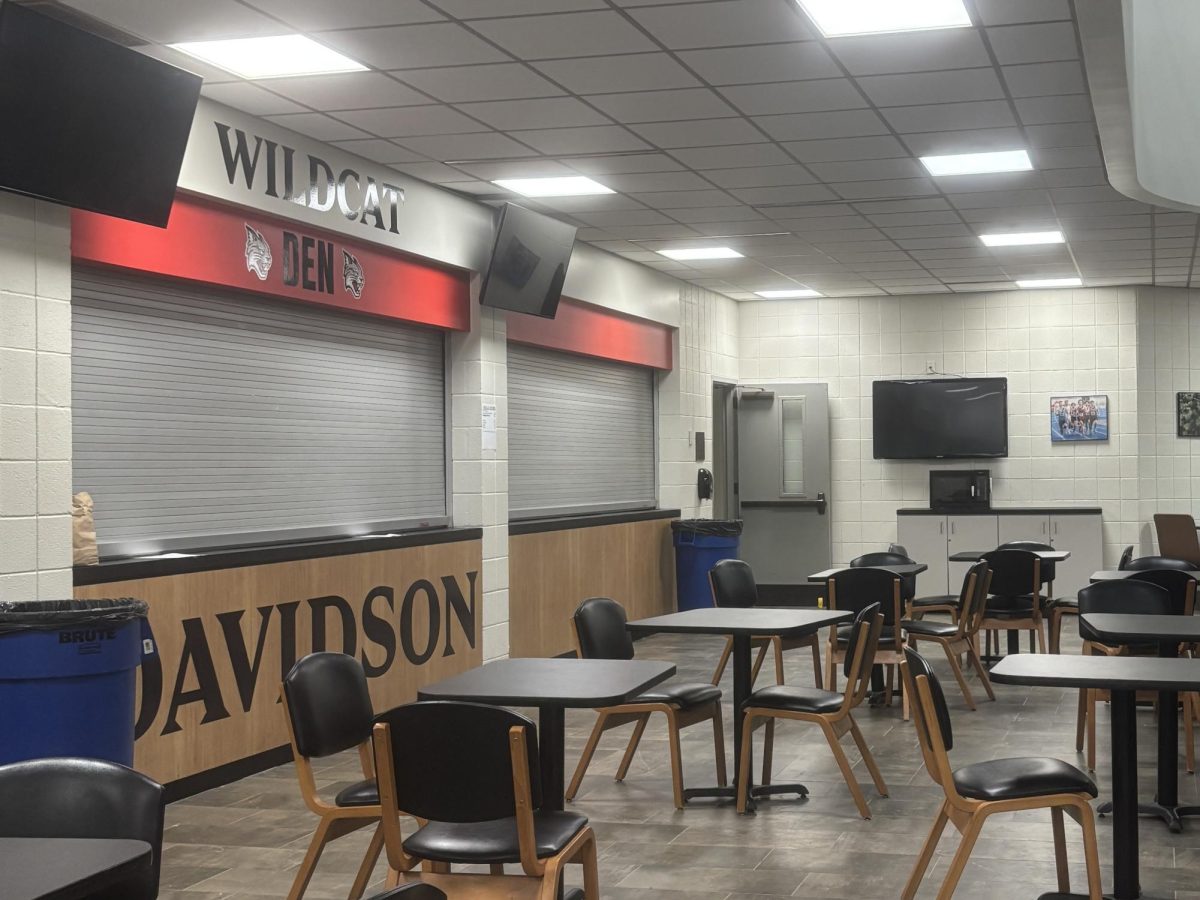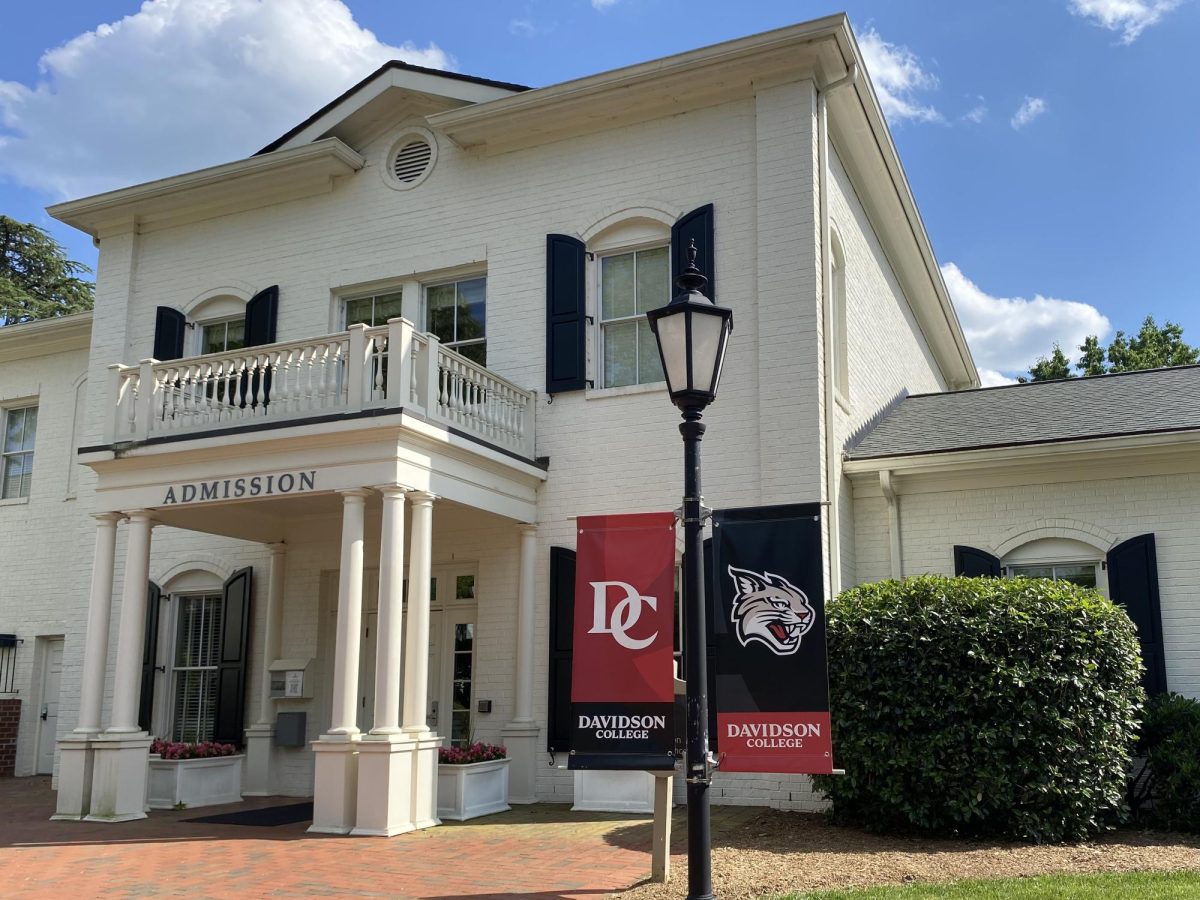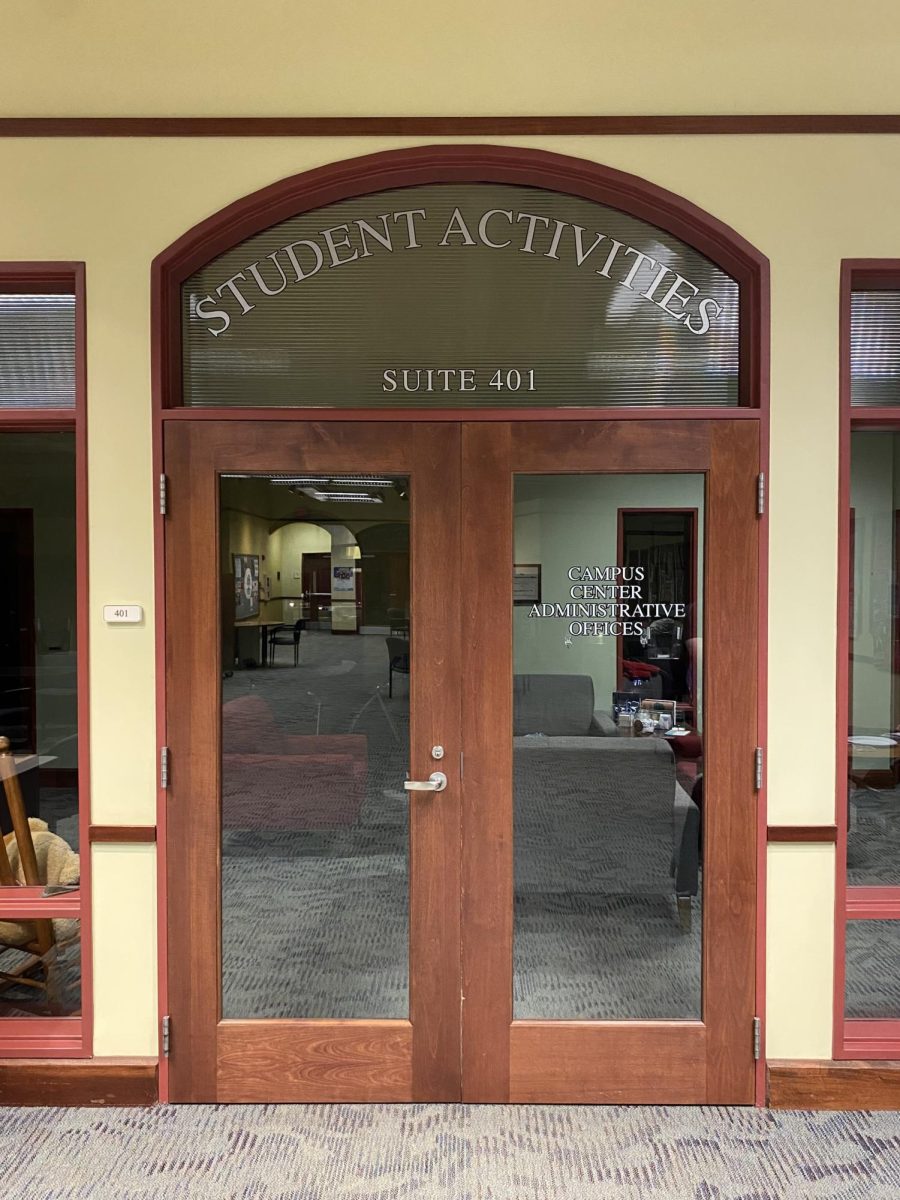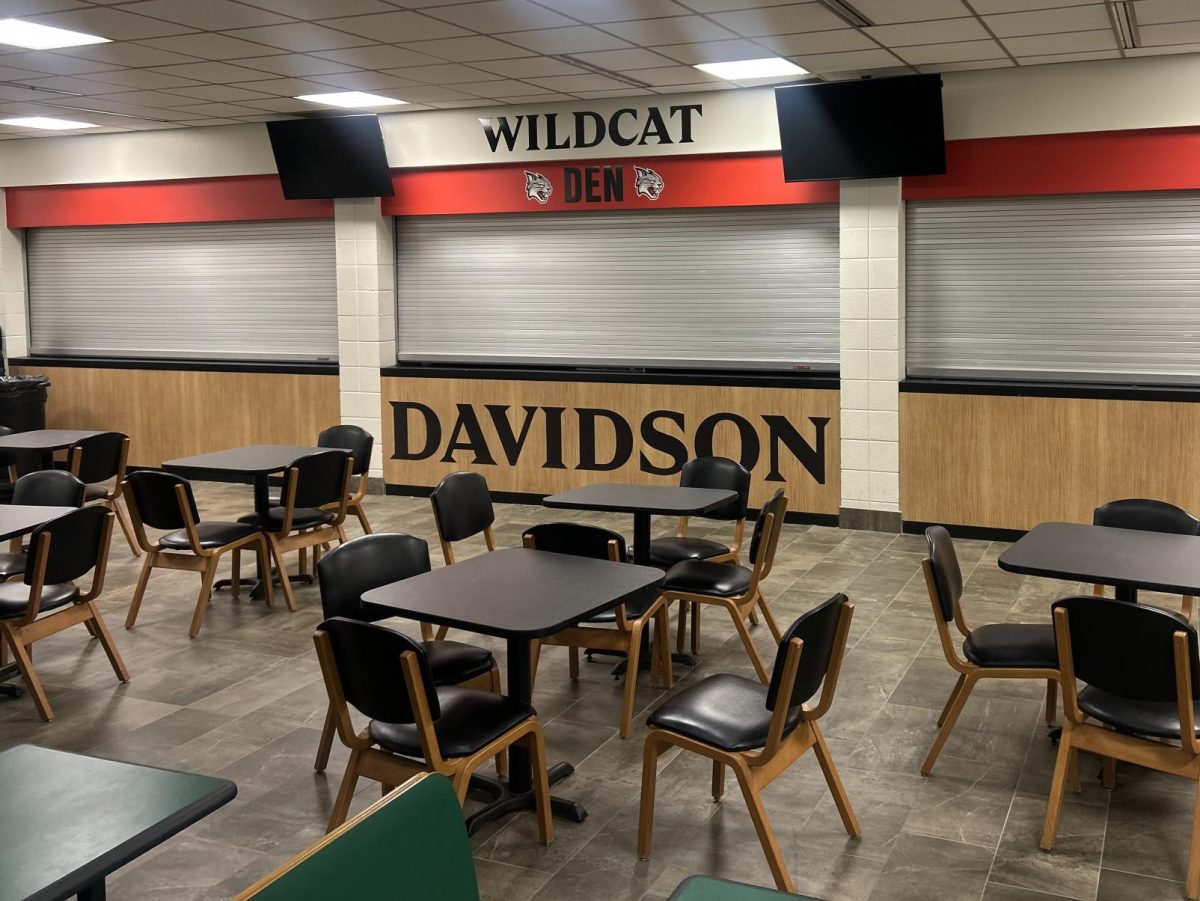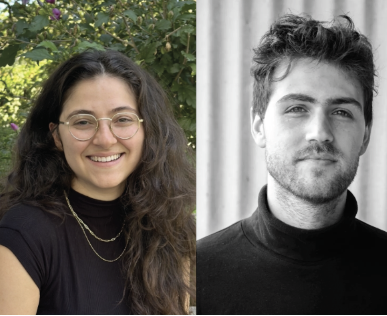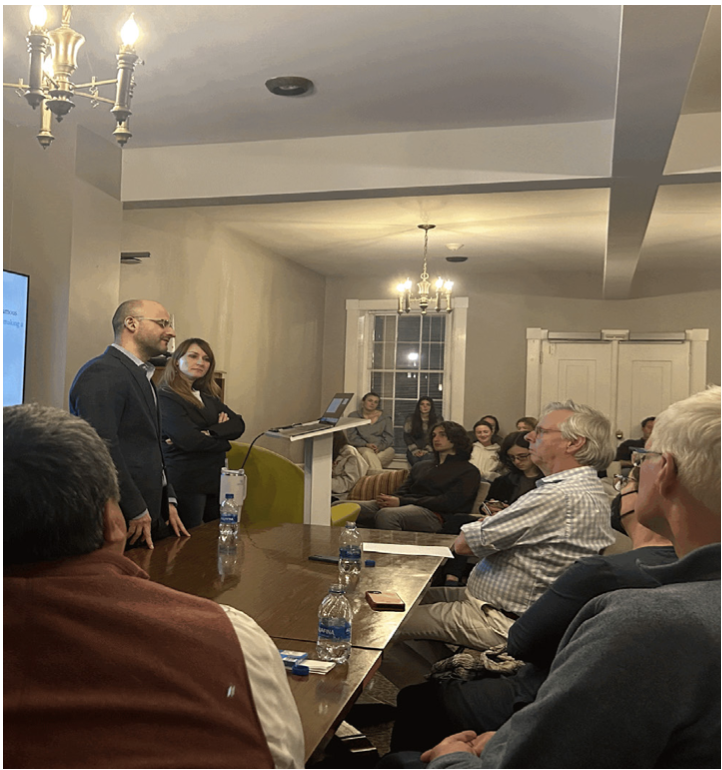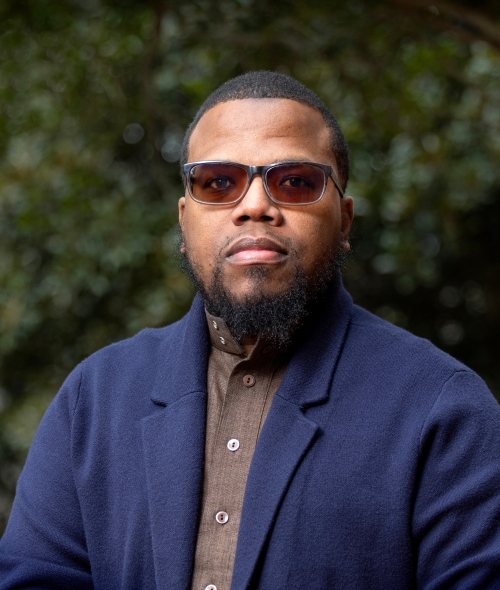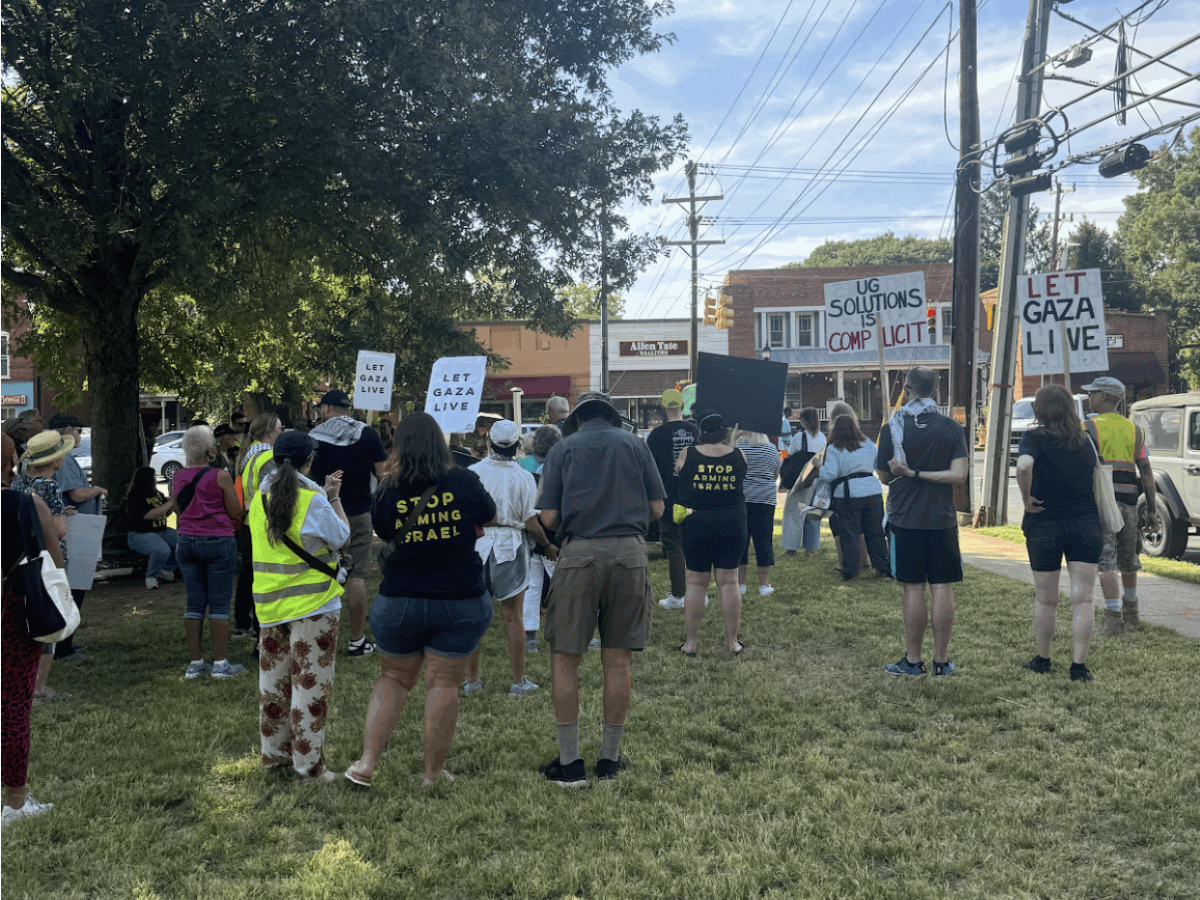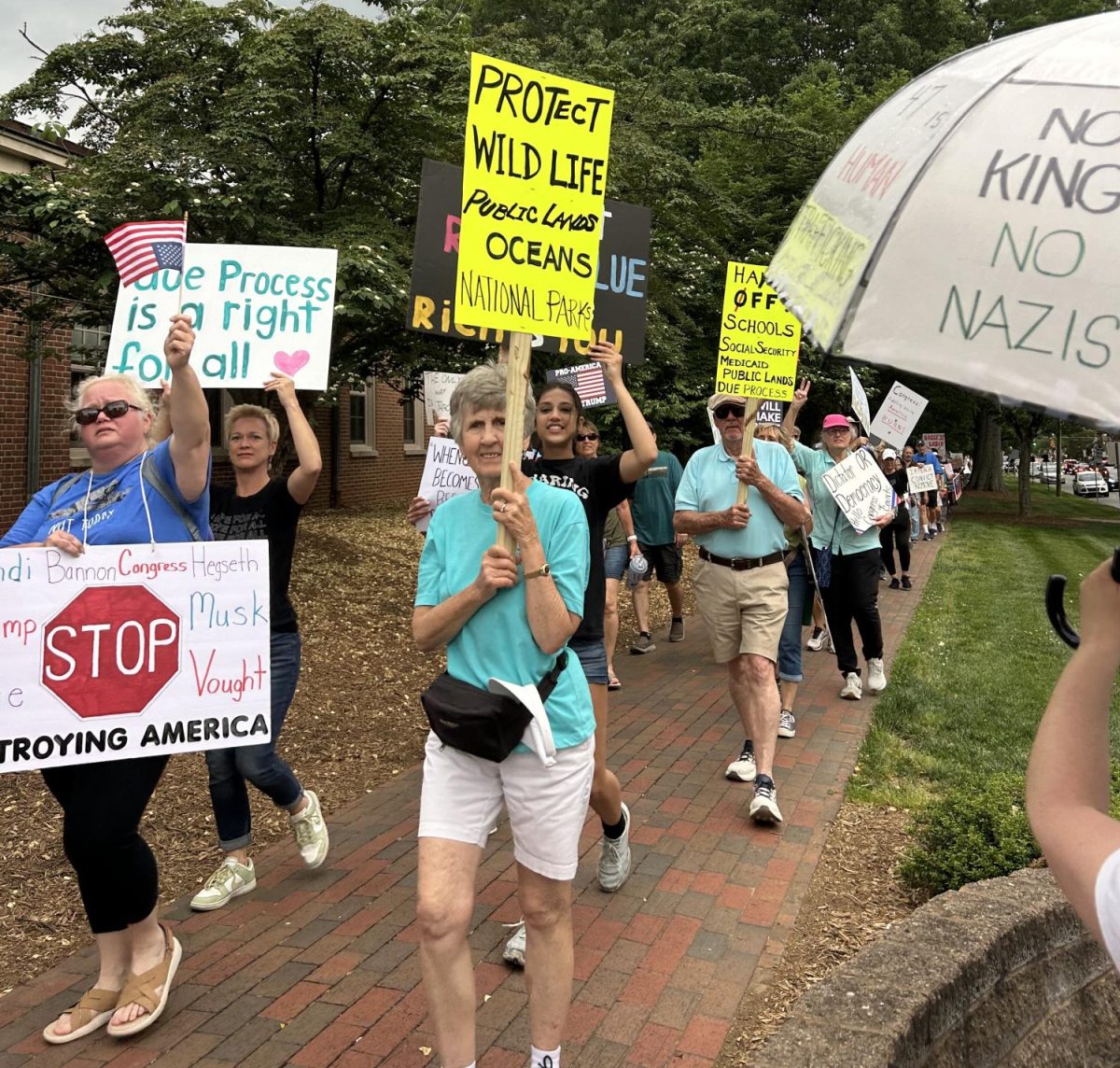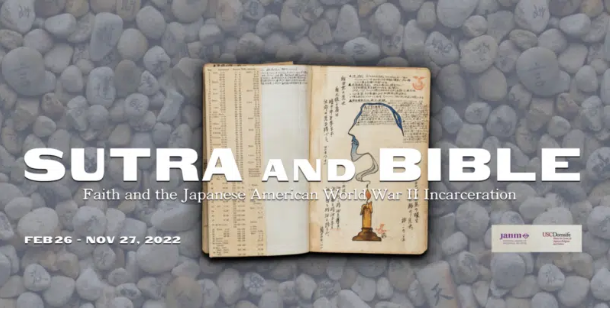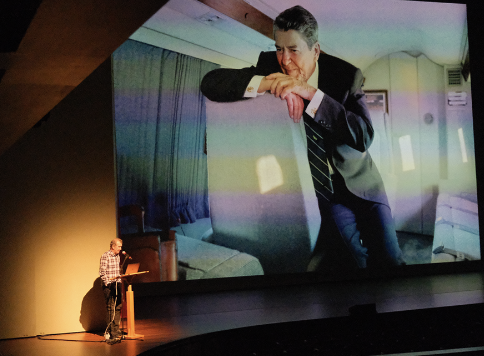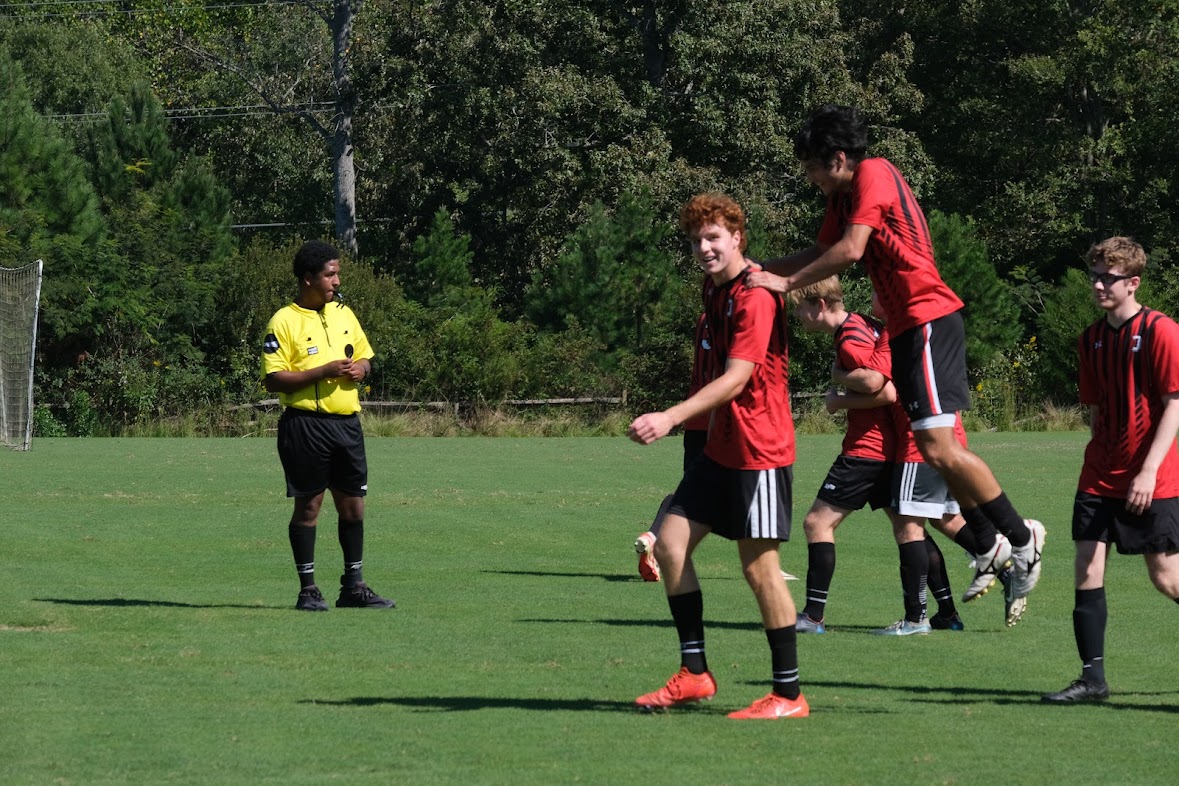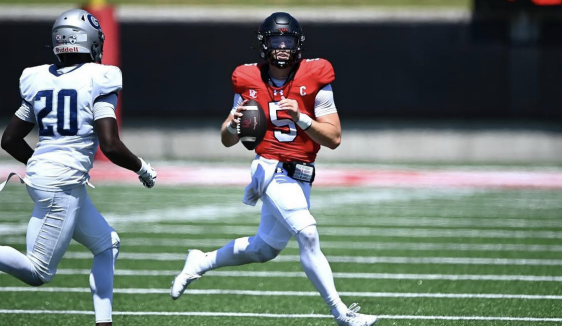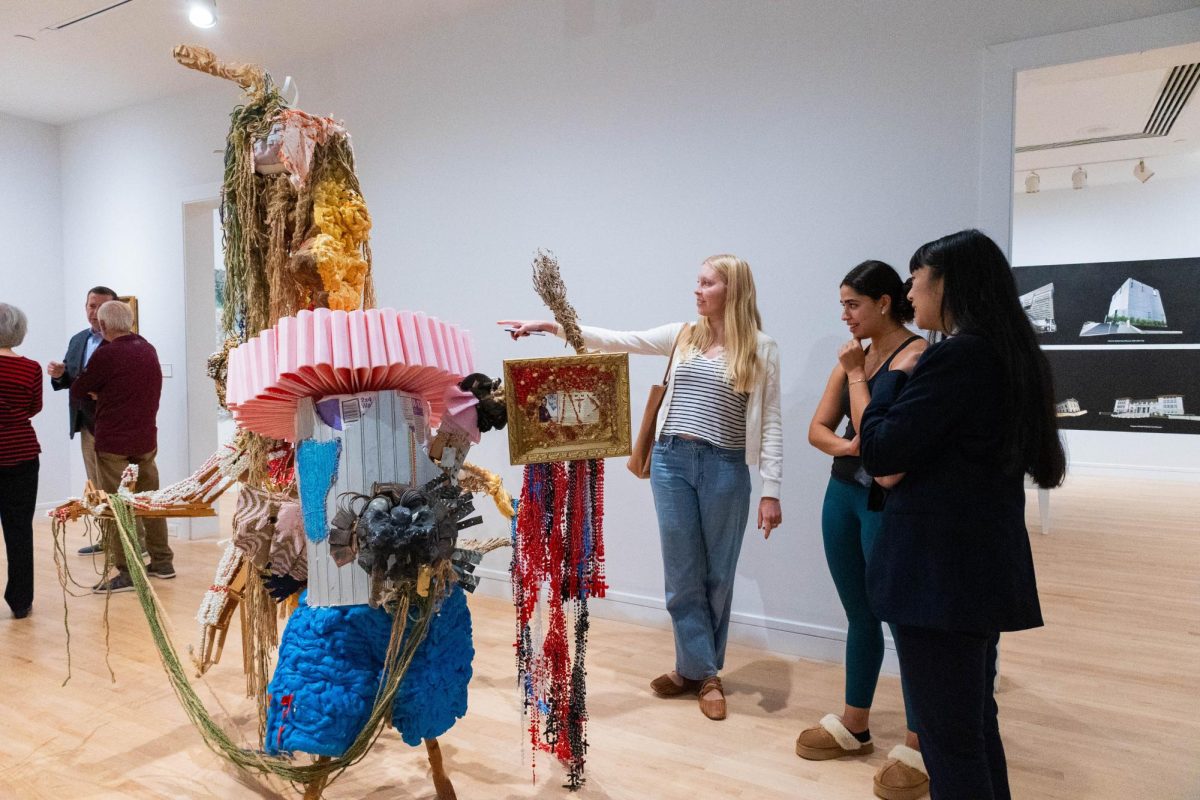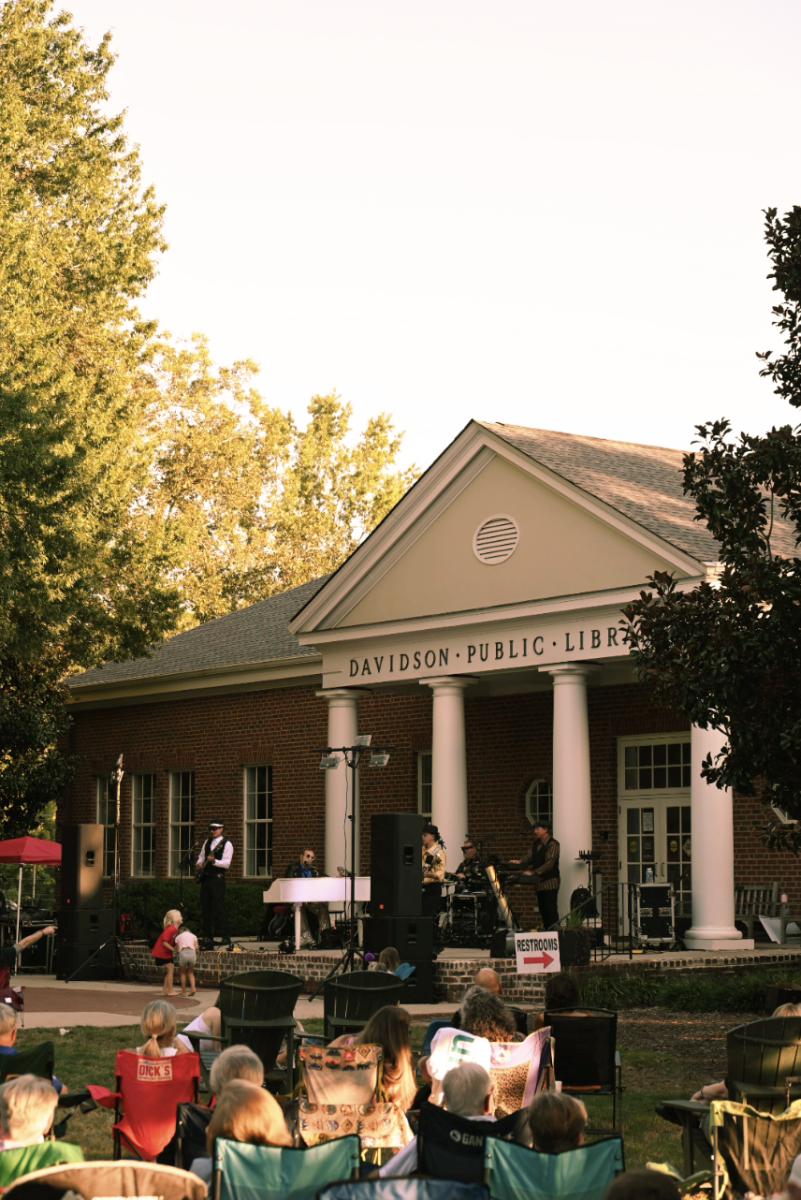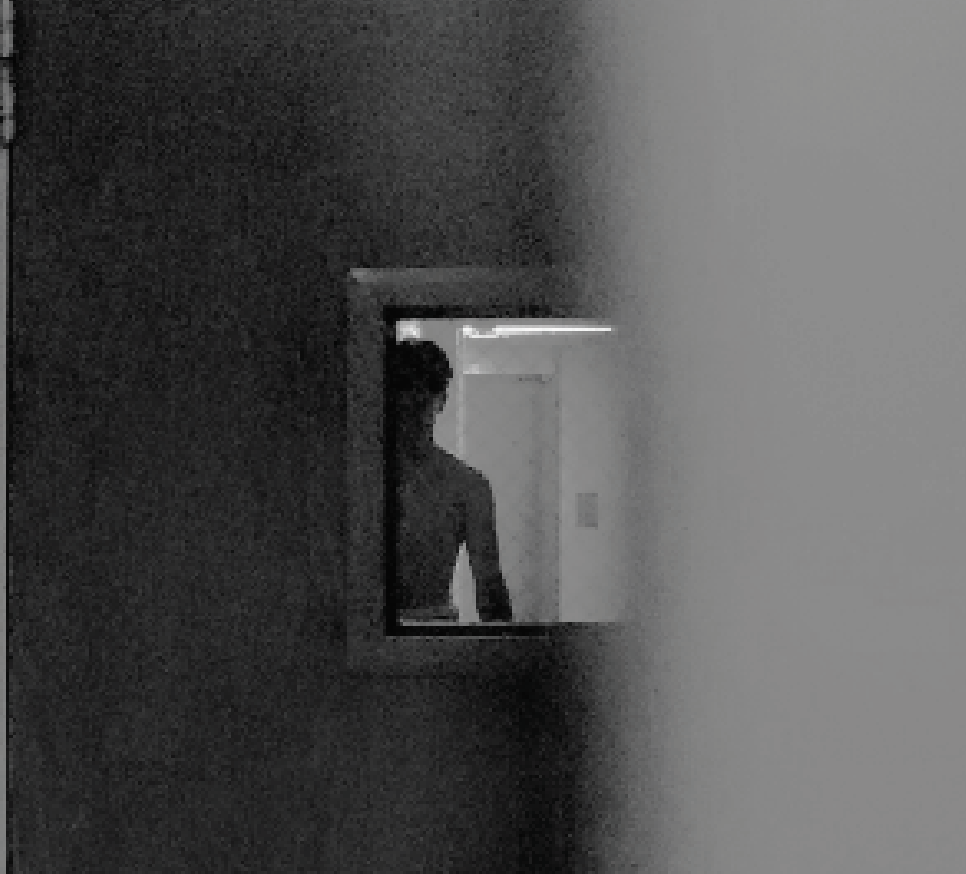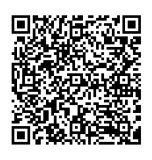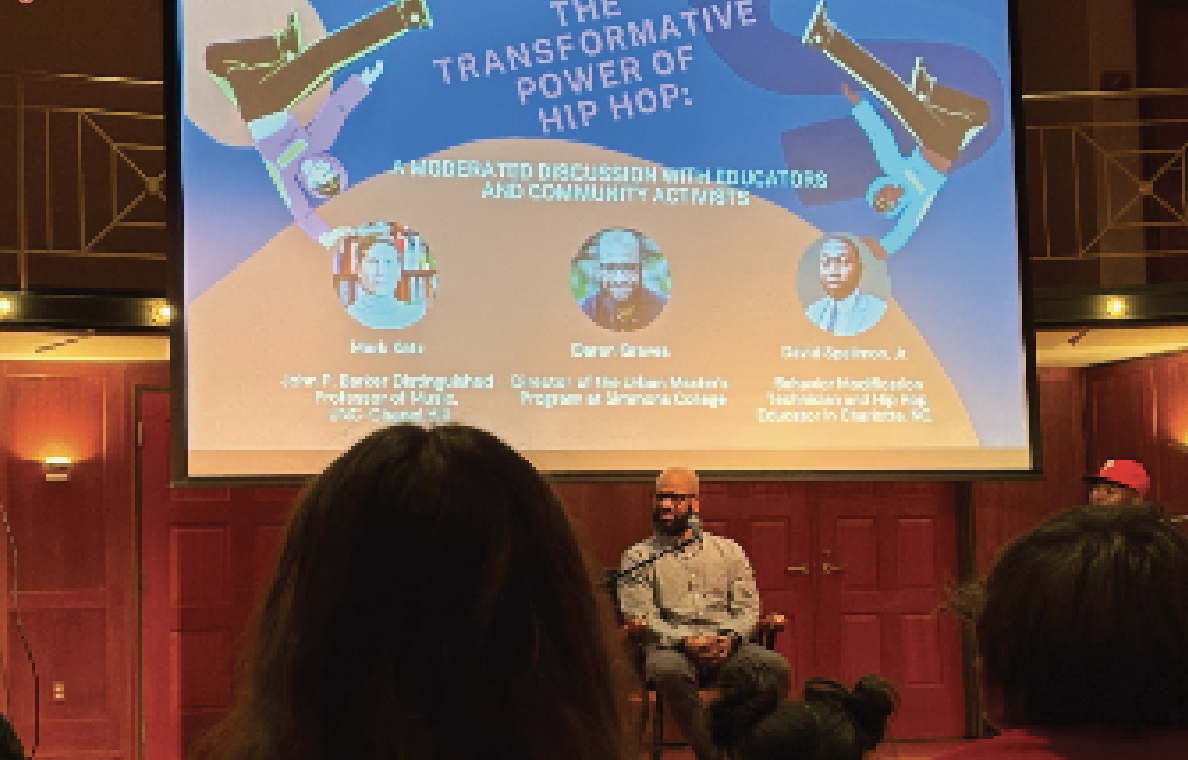On Feb. 21, Davidson hosted several high-profile educators and community activists that focused on the debate surrounding hip hop’s inclusion in both K-12 and collegiate education. Professor of Music at the University of North Carolina at Chapel Hill Dr. Mark Katz, Director of the Urban Master’s program at Simmons College Daren Graves and Charlotte Hip Hop Educator David Spellmon Jr. led the discussion. Together they shared a common goal: convince the audience that hip hop has a transformative power.
To start the evening, Graves wanted to emphasize that hip hop is more than just a genre. “We want to think of hip hop as a culture […] I think sometimes we hear hip hop and we think of maybe one of the cultural elements of hip hop, which are usually emceeing or rap […] And or maybe DJing, which is another element of music—making and the curating of sounds. But there are other elements too,” he stated.
Katz added on with real-life examples from his experience interviewing hip hop artists around the world. “They will say, ‘It’s the way I walk, it’s the way I dress, it’s the way I think, it’s the way I carry myself, it’s my inner voice, it’s my inner monologue.’ Multiple times I’ve heard the phrase, ‘Hip hop saved my life.’”
The speakers continued by introducing the audience to hip hop lines that caused them to fall in love with the genre. Spellmon spoke about the track “Check the Rhime” by A Tribe Called Quest. “This line was the moment I realized the power hip hop could have over young people like me.” The line is as follows:
If knowledge is the key then just show me
the lock
Got the scrawny legs but I move just like Lou
Brock
With speed I’m agile plus I’m worth your
while
One hundred percent intelligent black
children
Moving with the lyrics, the conversation then shifted toward what hip hop would be able to do for education in America. Graves touched on the historical significance of studying hip hop. “As neighborhoods of black and brown folks were literally burned to the ground […] hip hop grew out of those spaces, out of the paradox of those narratives,” Graves said. “There were pretty truths, ugly truths, empowering truths. […] They could tell the truth about folks’ lived experiences and try to tell truths that were countering many of the narratives that were being given to all of us.”
To Graves, hip hop and education are inevitably intertwined. “To me, hip hop and education are the same thing. […] The teacher [is a] way more important and powerful figure than the king—this person who has all the glory […] Being an emcee and being a teacher was the same thing to me.”
While taking questions from the audience, the conversation shifted to how hip hop can be misconstrued as something to be associated with violence, misogyny and other negative issues. Yet Spellmon argued that this belief in itself can be educational. “Helping young folks start to be critical evaluators of the media they’re taking in [is important]. So why are we seeing Kanye [sic] all the time? Who the hell made that decision?” Spellmon asked. “Everything you watch, everything you listen to […] we always have to be critical consumers of our media […] and definitely help our young folks with that process as well.” In this way, studying hip hop opens a path for young people to understand the importance of evaluating the content they are consuming.
“Just because hip hop contains problems does not mean that these pieces of art cannot be analyzed in an academic setting,” Katz added. He drew parallels to other problematic historical figures that are often discussed in educational spaces. “How do we talk about [Pablo] Picasso, for example? There’s this question that people have been debating for a long time and we can enter into that: ‘What do we do with the art of monstrous artists?’ [We can] use it to think critically.”
Several Davidson students provided their feedback on the dialogue. Rishi Sharma ‘27 agreed with the speakers’ message. “The value of hip hop in the classroom can, in many ways, be equivalent to that of jazz, rock and modern pop music.” Unlike most students, Sharma has taken classes that incorporate hip hop into the curriculum, including an African American Music course taught by Assistant Professor of Music Dr. Marcus Pyle, which Sharma called “one of my favorite classes yet.” All aspects considered, Sharma believes that “the involvement of hip hop in education would be greatly beneficial to students […] hip hop lyrics are ultimately poetry, though some verses can be deep and meaningful and others may have negative aspects to them.”
Silas Garrett ‘27 also admired the panelists’ hope to grow hip hop’s involvement in education. “Courses on hip hop would be a unique opportunity to educate students on an art form that has historically been marginalized and kept out of education,” Garrett stated, acknowledging the discourse around including the genre in academics. “Like any genre of art, there are always questionable artists and hard topics discussed. Just because there are some bad apples does not mean that the entire genre is evil, especially when there are so many moving and beautiful words.”
Spellmon touched on the idea of “bad apples” during the talk as well. “Us as humans experience dichotomies throughout life. […] It’s the human experience, we can be equal parts good and bad at different times in our lives,” he stated.
Hip hop is a fitting art form to explore these different parts of ourselves. “The fifth element of hip hop is the knowledge of self,” Graves explained. “You might be doing some of the elements of hip hop, but [without the self], you aren’t doing hip hop.”
Henry Rendle ‘27 is a physics major from Philadelphia, PA and can be reached for comment at [email protected].
Clara Ottati ‘27 is an English major from Chicago, IL and can be reached for comment at [email protected].

